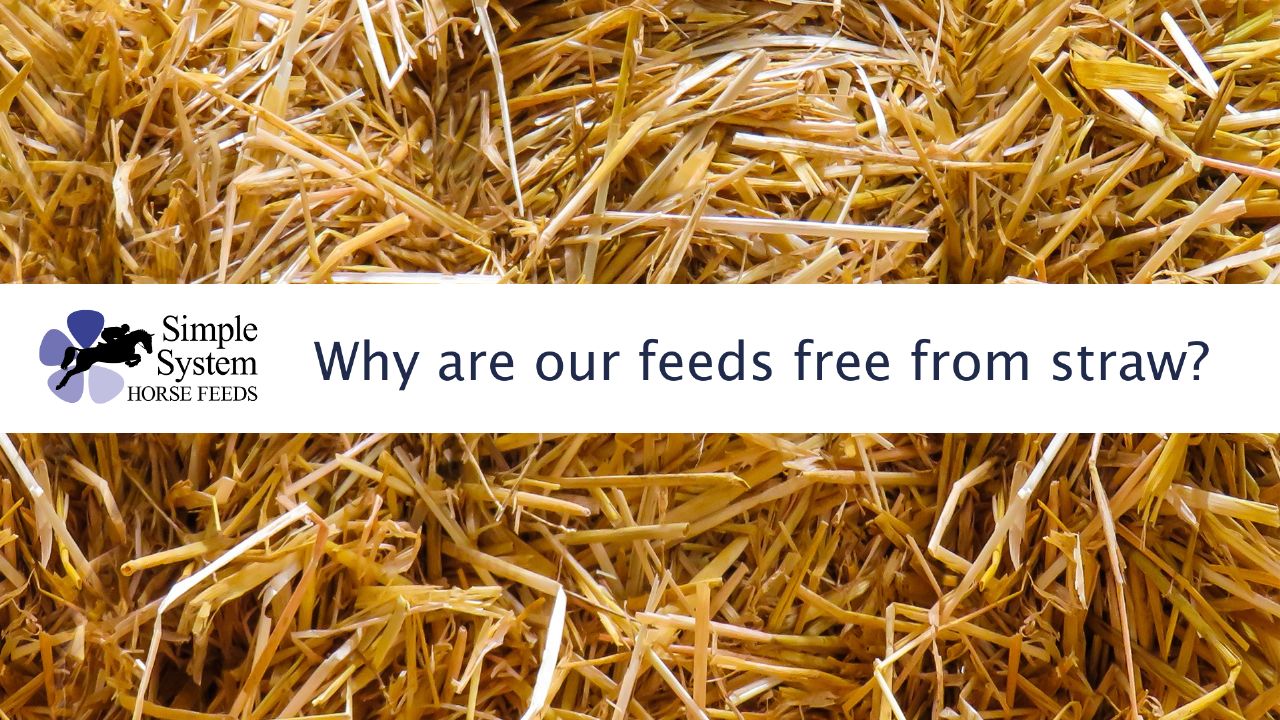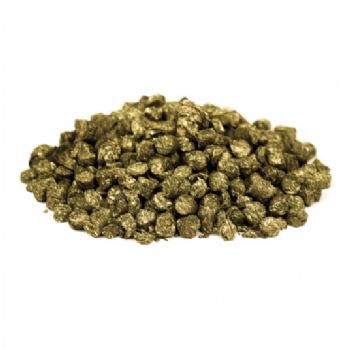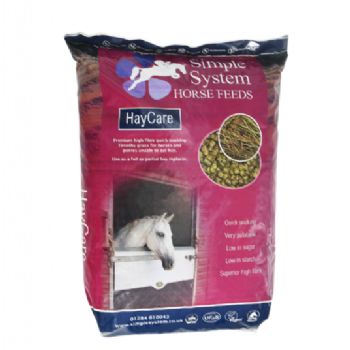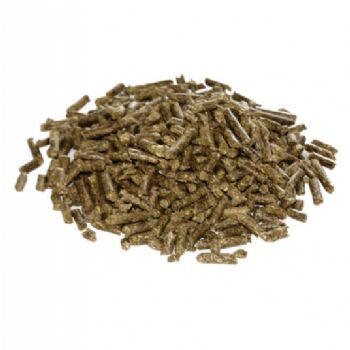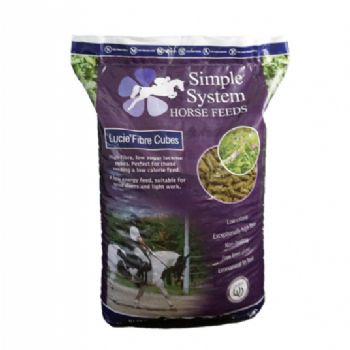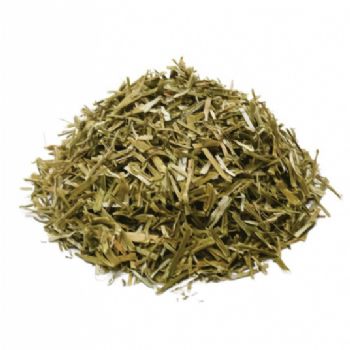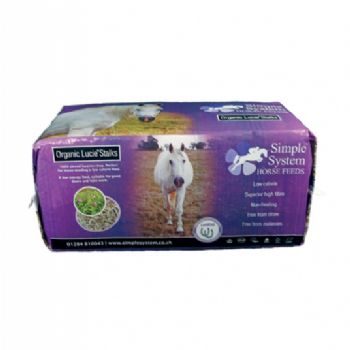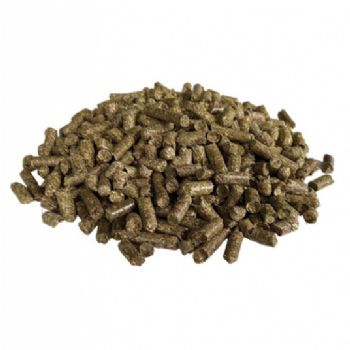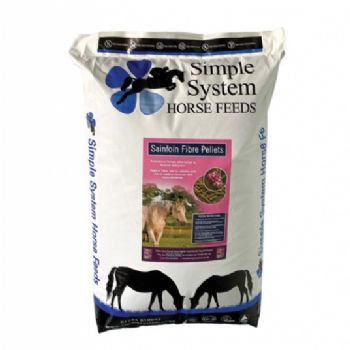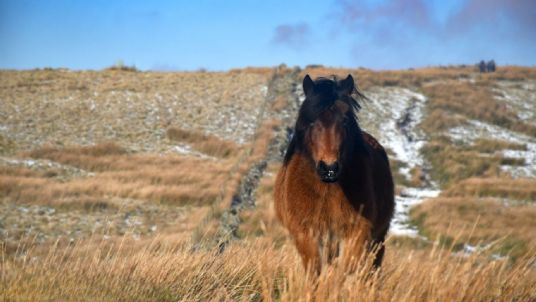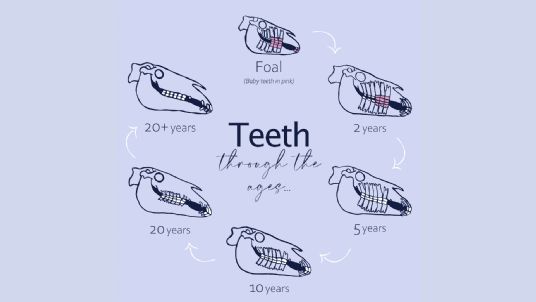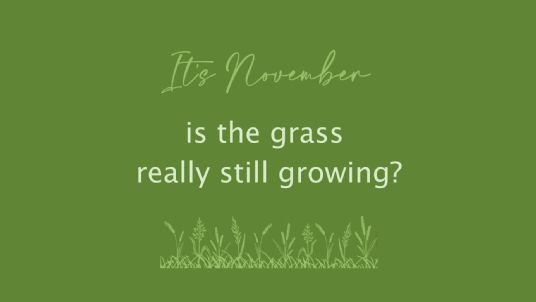Simple System was founded on the principle of supplying you with the food nature intended your horse to eat. Horses evolved on the grassy, mainly treeless plains of Central Eurasia, and their digestive system is adapted to suit what grows in their natural environment: grass, herbs and shrubs.
Straw is the dried stalks of cereal grains - such as wheat, barley and oats. Although by definition members of the grass (Gramineae) family, cereals are the product of human engineering over thousands of years. They have been selectively bred for traits that improve cereals as a food source for humans. One of the traits is stiff straw that will not tend to break or bend, thus protecting the valuable grain that is used to make foods such as bread and pasta. Modern cereals are so far from their origin that they have lost many of their natural mechanisms (such as seed dispersal) making them unlikely to survive 'in the wild'.
Straw is very high in lignified fibre, meaning it cannot be fermented by the horse's gut microbes. To increase the feed value of the fibre in straw, it can be treated with sodium hydroxide to make Nutritionally Improved Straw (NIS). Sodium hydroxide, also known as caustic soda, is frequently used as an industrial cleaning agent. It is used in the manufacture of wood pulp and paper, as well as soap, detergent and drain cleaner. NIS was originally developed for cattle, not horses, as a cheap source of fibre.
Due to the high lignin content, straw is not very absorbent. Feeding straw to horses may lead to impaction colic and its coarse nature has been associated with an increased risk of gastric ulcers in horses.
We have known for a long time that straw is not part of the horse's natural diet - which is why we have spent so much effort trying to stop horses eating their straw bedding.
Simple System remains committed to using the highest quality, species appropriate feeds without compromise.
There are reasons why straw has been included in some other equine feeds. Encouraging horses to eat for longer with a lower calorie intake is a good objective, but this should only be done using the right forage that our horses have evolved so perfectly to digest. Organic Lucie Stalks are a good example of a very low calorie, forage that is much more appropriate than feeding straw.
All forage contains fibre - but not all fibre is forage.
We will never use cereal straw in our feeds in any form. Instead, we utilise low calorie versions of forages such as grass, lucerne and sainfoin, similar to those found in the horse's natural environment. It is feeding as nature intended. In return our horses are better nourished, more settled in their work and at less risk of developing many common health problems.
References: Dicks, L. et al. The equine gastro-intestinal tract: An overview of the microbiota, disease, and treatment. Livestock Science 2014. Luthersson, N, et al. Risk factors associated with equine gastric ulceration syndrome (EGUS) in 201 horses in Denmark. Equine Vet Journal 2009.
